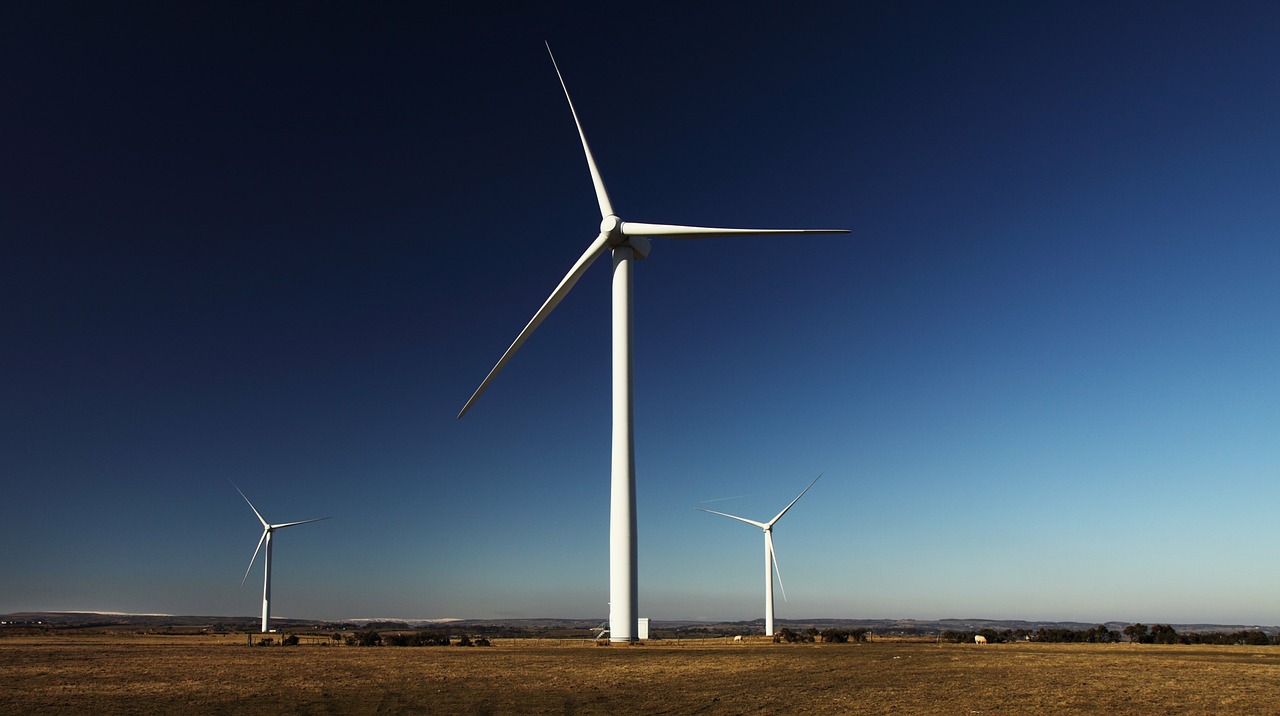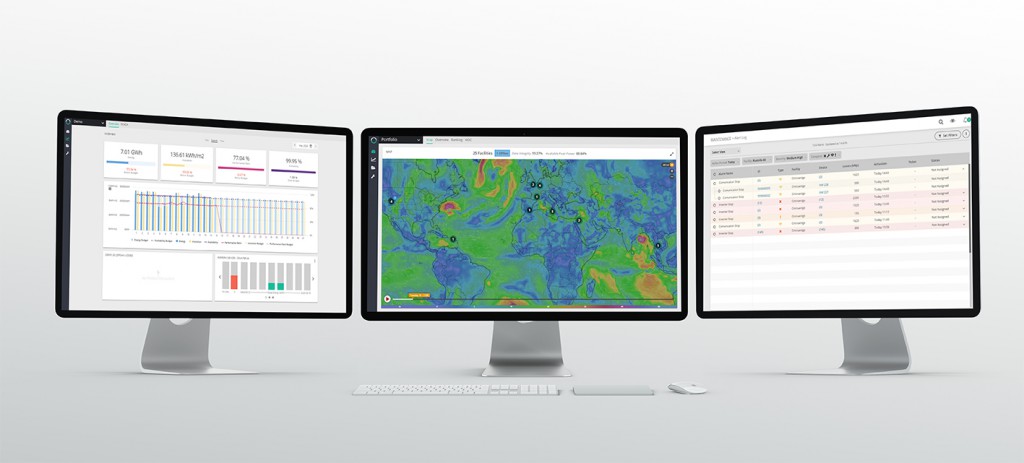Adding Precision to ESG Reporting
It is clear a green energy transition is underway as electricity grids around the world install greater proportions of renewable energy generation. The electricity markets that operate on such grids are setting new renewable energy penetration level benchmarks year on year. Renewables have exceeded 50 percent of total demand in the UK at times, and have met total demand in portions of the Australian grid as far back as 2020. This trend is set to continue as Wind and Solar are now cost-competitive with traditional fossil-fuel generation sources. New fossil fuel plants are also facing challenges obtaining finance, and operating plants are being phased out early in many markets globally.

Wind farms, on the other hand, are increasingly viewed as a mature infrastructure class. Aside from the financial returns of a direct investment in or lending to a wind farm, the social capital afforded by renewable energy investments can be substantial. Further, Power Purchase Agreements (PPAs) are increasingly chosen by multi-national corporations to both obtain a hedge in volatile electricity price markets and show off their green credentials. The ability to state the amount of avoided carbon dioxide (CO2) emissions as a direct or indirect result of a company’s actions is a powerful marketing statement. It is also a tangible metric used to evaluate company sustainability targets, typically conveyed in Environmental, Social and Governance (ESG) reporting processes. ESG reporting principles have been adopted by most banks and investment funds in order to increase transparency and build trust with investors/consumers (while making returns).
When it comes to avoided CO2 emissions in the electricity sector, however, not all photons are created equal; production by each wind farm in a customer’s portfolio has a differing impact on climate change mitigation efforts. WHEN and WHERE a wind farm delivers power to the local grid has a large impact on the avoided CO2 emissions compared to fossil fuel generators.

CO2 emission intensity rates of an electricity grid (typically expressed in kg/MWh or lb/MWh) are dependent on the generation fuel mix dispatched in each scheduling period. In un-regulated markets around the world like Australia (and some in the US, such as the Electricity Reliability Council of Texas or “ERCOT”), generators bid their available capacity at a unit price to meet forecast demand for each scheduling period. As operating costs for wind farms are low, they employ a bid strategy to ensure they are dispatched whenever the wind resource allows. Non-renewable generators must consider the fuel costs in their bid strategies. Therefore, the mix of generators (both fuel type and capacity) dispatched in each scheduling interval (i.e. the ‘bid-stack’) contains varying emissions intensities. The total emission intensity rate of each scheduling interval is therefore the weighted average of each generator deployed to meet requested capacity supply. Importantly, the generator that delivers the final portion of capacity supply in the scheduled interval is known as the marginal operational unit and it is this unit’s emissions (i.e. marginal emissions) that require consideration in avoided CO2 emissions calculations. For example, with decreased electricity demand (largely fossil fuel generators) in a scheduling interval due to higher penetrations of renewable energy or electricity customers employing energy efficiency measures, the capacity delivered by the marginal operational unit (and its associated marginal emissions) may correspondingly decrease.
Excellent resources are available to help wind farm owners and operators understand the positive impacts their assets are having on reducing greenhouse gas emissions. The US Environmental Protection Agency’s (EPA) Emissions & Generation Resource Integrated Database (eGRID) determines total output average and non-baseload average emission intensity rates via a hindcast of the US electricity grid operations for yearly intervals. The total average emission intensity rates are calculated from all combustion generators contributing to the bid stack in the analysis interval. On the other hand, the non-baseload emission intensity rates are more comparable to marginal operational unit emissions intensity rates and can be used to roughly estimate emissions reductions by deploying renewable energy sources.

The average rates are calculated at the plant level and aggregated to balancing authority and finally national levels. The eGRID data thus provide increased spatial resolution and an improved temporal precision by capturing changes in the electricity market in each analysis interval. Temporal precision is important; the total emission intensity rate reduced by 39 percent in ERCOT between 2004 and 2019. Reductions in average emissions intensity rates have occurred in most markets around the world.
However, the eGRID emissions intensity rates are not representative of the marginal operational unit. The EPA has developed another tool known as AVERT (AVoided Emissions and geneRation Tool) to allow users in the US to evaluate sustainability efforts via marginal emissions intensity rates. These rates provide spatial resolution and are representative for a temporal period in a similar fashion to the eGRID data.
For further temporal resolution and near-real time analysis, a physics-based time series method that identifies the marginal operational unit and evaluates its marginal emissions can be employed to more accurately capture the beneficial impact of deploying renewable energy and or reducing consumption compared to average emission intensity rates. By tracking company sustainability efforts of both consumers and producers of renewable energy, the time-series data can be incorporated into a wind farm secondary SCADA system to assist in ESG reporting processes. Correctly considering the spatial and temporal dependency of electricity grid marginal emissions intensity rates permit wind farm owners and operators to accurately document their contributions to reducing scope 2 GHG emissions.
Michael Sherry is Director Wind Business and Product Development at GreenPowerMonitor, a DNV company.
GreenPowerMonitor | www.greenpowermonitor.com
Author: Michael Sherry
Volume: 2022 March/April








